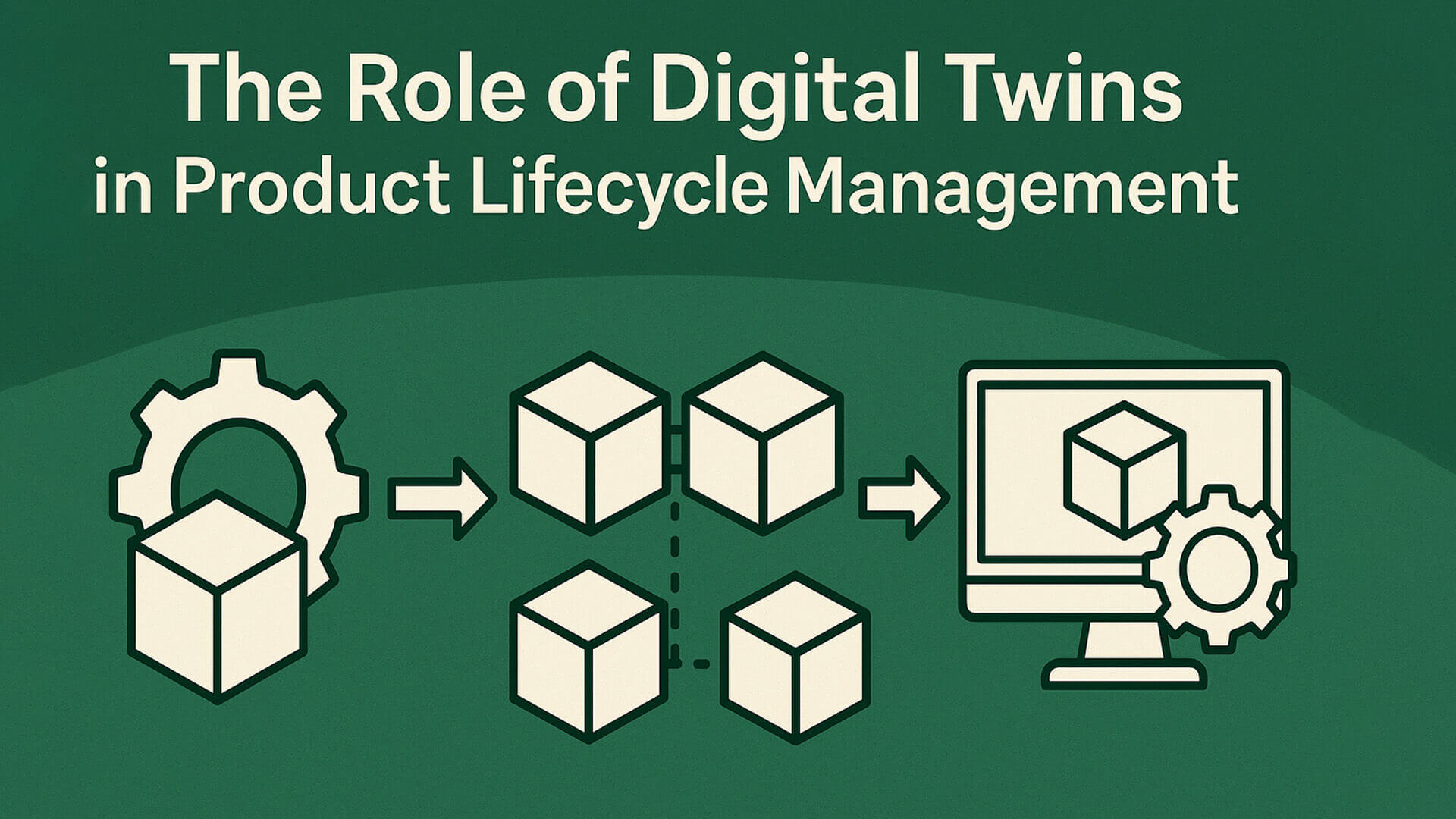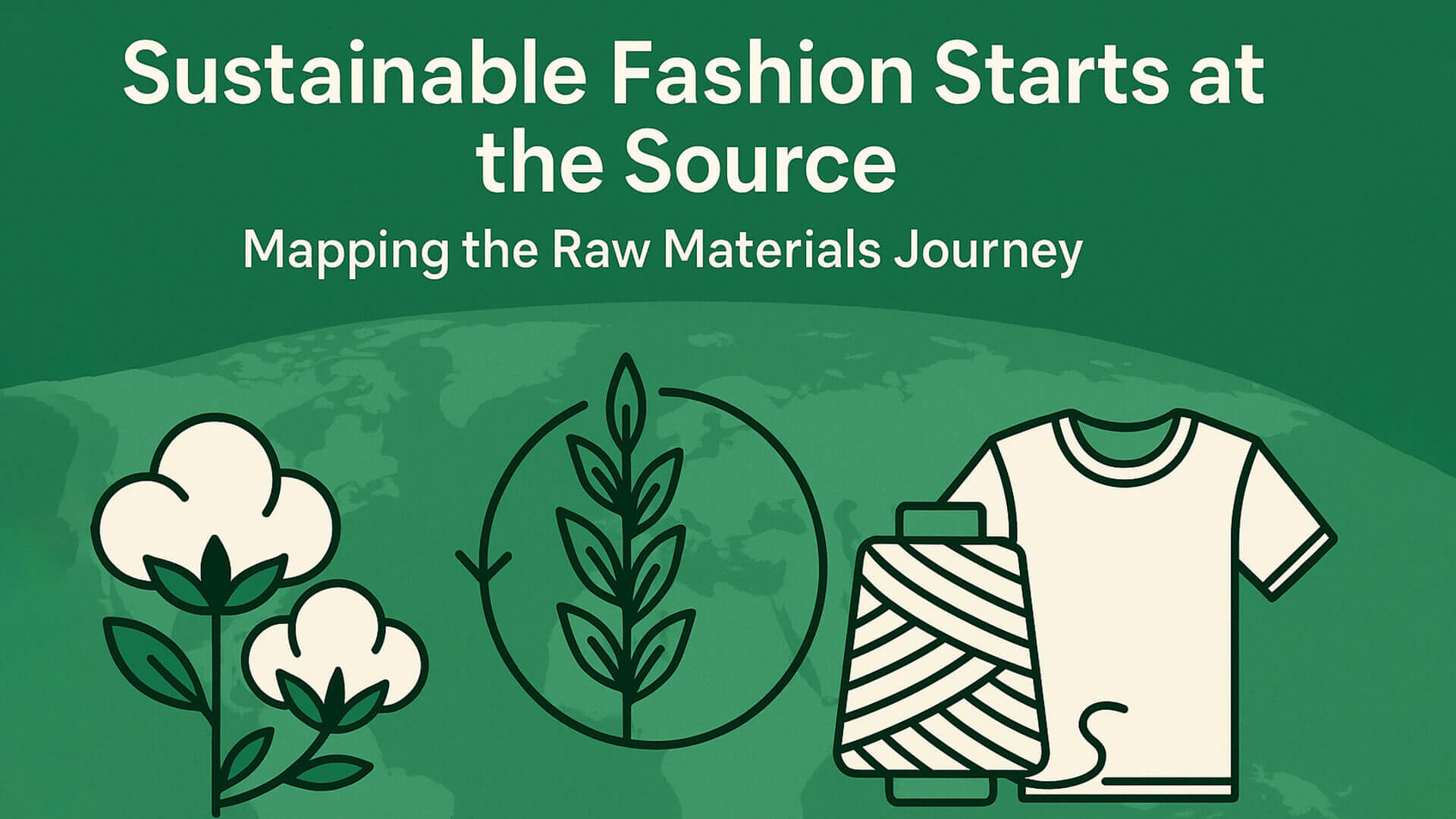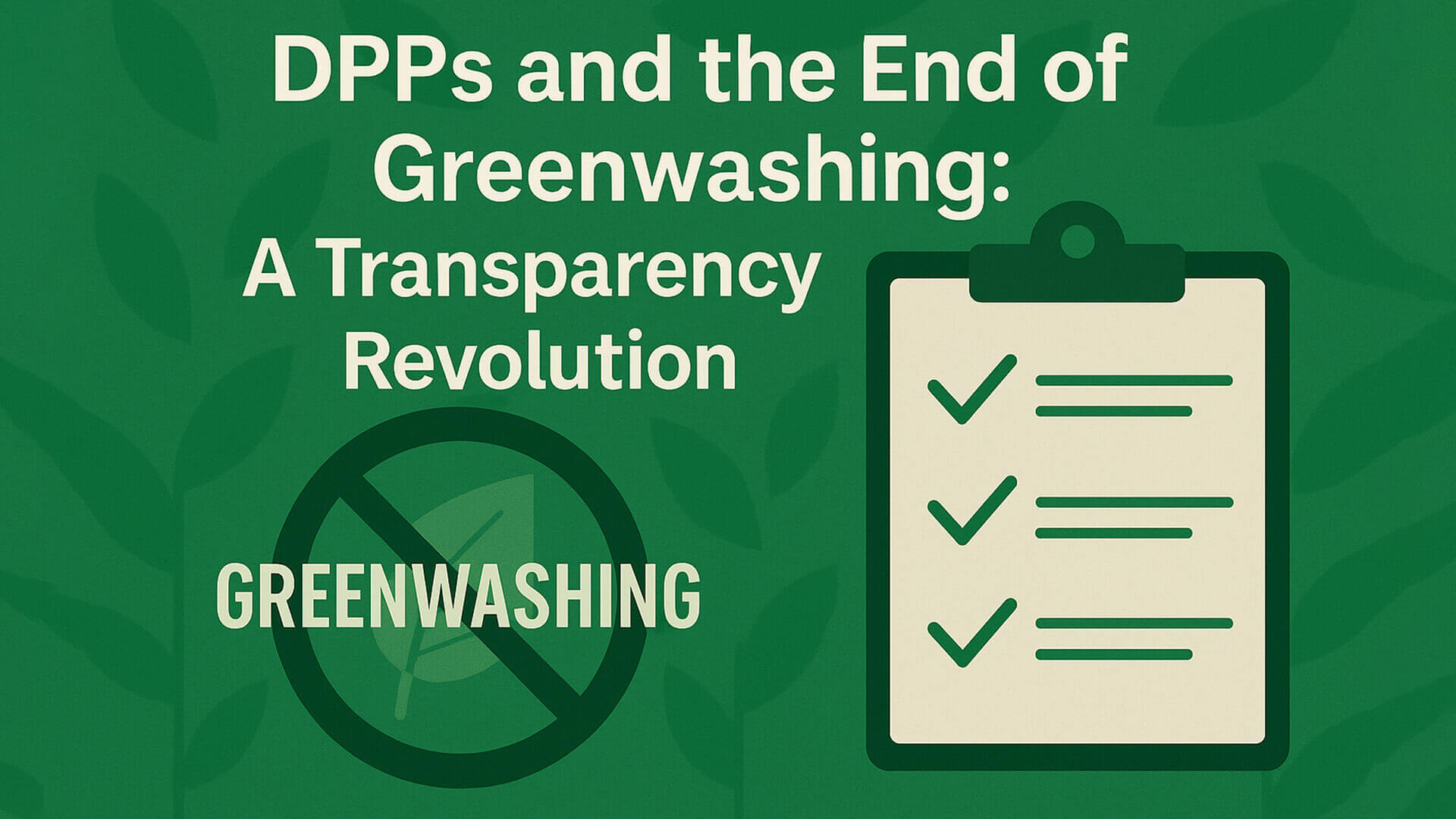- info@greenthreadsdpp.com
- Southampton, United Kingdom
Supply Chain Transparency: Building Trust with Your Customers.

In today’s fast-paced market, consumers are increasingly demanding more than just high-quality products; they seek authenticity, accountability, and ethical practices from the brands they support. This shift has placed supply chain transparency at the forefront of business strategy. By opening up their supply chains to scrutiny, companies can build trust with their customers, foster loyalty, and differentiate themselves from competitors.
What is Supply Chain Transparency?
Supply chain transparency refers to the extent to which a company provides information about the sourcing, production, and distribution processes of its products. It encompasses various elements, including the origin of raw materials, labor conditions, environmental impact, and compliance with regulations. A transparent supply chain empowers consumers to make informed choices and encourages businesses to uphold ethical standards.
The Importance of Supply Chain Transparency
1. Building Consumer Trust
Trust is the cornerstone of any successful relationship, and it is especially crucial in business. Transparency allows consumers to see beyond marketing claims and verify that companies are genuinely committed to ethical practices. When brands share information about their supply chains, they demonstrate accountability and integrity, fostering trust and loyalty among customers.
2. Meeting Consumer Expectations
Modern consumers are more educated and socially conscious than ever before. They are increasingly concerned about issues such as sustainability, fair labor practices, and environmental impact. By being transparent about their supply chains, companies can meet these expectations and cater to the values that resonate with their target audience.
3. Enhancing Brand Reputation
A transparent supply chain can significantly enhance a brand’s reputation. Companies that openly communicate their sourcing practices and production processes are often viewed more favorably by consumers and industry stakeholders. This positive perception can lead to increased sales, customer loyalty, and an overall competitive advantage.
4. Mitigating Risks
Supply chain transparency also plays a crucial role in risk management. By monitoring and disclosing their supply chain practices, companies can identify potential risks—such as unethical labor practices or environmental violations—before they escalate into public relations crises. This proactive approach not only protects a brand’s reputation but also ensures compliance with regulations.
Key Benefits of Supply Chain Transparency
1. Increased Customer Loyalty
When customers feel informed and empowered, they are more likely to develop a deeper connection with a brand. Transparency fosters loyalty, as consumers appreciate brands that align with their values. Studies show that consumers are willing to pay more for products from companies they trust.
2. Improved Operational Efficiency
Transparent supply chains allow companies to identify inefficiencies and areas for improvement. By tracking and analyzing their processes, businesses can streamline operations, reduce costs, and enhance productivity. This data-driven approach can lead to better decision-making and ultimately improve profitability.
3. Enhanced Collaboration
Transparency encourages collaboration between various stakeholders in the supply chain, including suppliers, manufacturers, and retailers. When all parties have access to relevant information, they can work together more effectively, leading to improved communication, innovation, and problem-solving.
4. Greater Compliance and Risk Management
By maintaining transparency in their supply chains, companies can ensure compliance with laws and regulations. This vigilance helps to mitigate risks associated with ethical violations, environmental harm, and supply disruptions, ultimately safeguarding the company’s reputation and bottom line.
Best Practices for Achieving Supply Chain Transparency
1. Conduct Regular Audits
Regular audits of your supply chain can help identify areas that require improvement. By assessing your suppliers’ practices and compliance with ethical standards, you can ensure that your supply chain operates transparently and responsibly.
2. Engage with Stakeholders
Engaging with stakeholders—such as suppliers, customers, and industry partners—is essential for achieving supply chain transparency. Open communication fosters trust and collaboration, making it easier to share information and address concerns.
3. Leverage Technology
Utilising technology, such as blockchain and data analytics, can significantly enhance supply chain transparency. Blockchain technology, for instance, allows for secure and immutable records of transactions, providing consumers with verifiable information about product sourcing and production.
4. Share Information Proactively
Companies should take the initiative to share information about their supply chains. This can include publishing sustainability reports, creating detailed product pages, or engaging in social media campaigns that highlight transparency efforts.
5. Educate Your Customers
Educating consumers about your supply chain practices is crucial. Use your website, social media, and marketing materials to inform customers about your sourcing, production processes, and sustainability initiatives. This transparency can help build trust and foster a positive brand image.
Case Studies: Brands Excelling in Supply Chain Transparency
1. Patagonia
Patagonia is a prime example of a brand that has successfully integrated supply chain transparency into its business model. The company openly shares information about its sourcing practices, labor conditions, and environmental initiatives. Through its "Footprint Chronicles," Patagonia allows customers to trace the environmental impact of its products, reinforcing its commitment to sustainability.
2. Everlane
Everlane is another brand that has built its reputation on transparency. The company provides customers with detailed information about the cost breakdown of its products, including materials, labor, and markups. This level of transparency not only builds trust but also empowers consumers to make informed purchasing decisions.
3. Unilever
Unilever has made significant strides in supply chain transparency by committing to sustainable sourcing practices. The company publishes detailed reports on its sustainability initiatives and has set ambitious goals for sourcing 100% of its agricultural raw materials sustainably. Unilever’s efforts to enhance supply chain transparency have strengthened its brand reputation and customer loyalty.
Challenges in Achieving Supply Chain Transparency
1. Complexity of Supply Chains
Modern supply chains can be highly complex, involving numerous suppliers and stakeholders across various regions. This complexity can make it challenging for companies to achieve and maintain transparency throughout the entire supply chain.
2. Resistance from Suppliers
Some suppliers may be resistant to sharing information about their practices, fearing that transparency could expose unethical practices or lead to increased scrutiny. Building trust with suppliers and fostering open communication is essential to overcome this challenge.
3. Resource Constraints
Implementing transparency initiatives can require significant resources, including time, money, and expertise. Smaller companies, in particular, may struggle to allocate the necessary resources to achieve supply chain transparency.
4. Balancing Transparency with Competitive Advantage
While transparency is essential for building trust, companies must also consider the potential impact on their competitive advantage. Striking a balance between openness and protecting proprietary information can be a delicate challenge.
Conclusion
In an era where consumers demand accountability and ethical practices, supply chain transparency is more critical than ever. By adopting transparent practices, businesses can build trust with their customers, enhance their brand reputation, and ultimately drive long-term success. While challenges exist, the benefits of a transparent supply chain far outweigh the obstacles. Companies that embrace transparency will not only meet consumer expectations but also position themselves as leaders in sustainability and ethical business practices.





